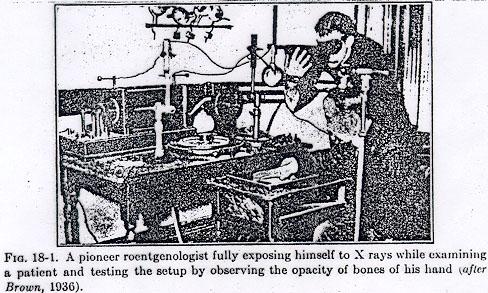

Work-related conditions were often specific: young women match-makers suffered 'phossy jaw', an incurable necrosis caused by exposure to phosphorous. Male death rates were aggravated by occupational injury and toxic substances, those for women by childbirth and violence. In the morbidity statistics, infectious and respiratory causes predominated (the latter owing much to the sulphurous fogs known as pea-soupers). A limited range of medication was employed, and the power of prayer was regularly invoked.ĭiseases such as pulmonary tuberculosis (often called consumption) were endemic others such as cholera, were frighteningly epidemic. Treatments relied heavily on a 'change of air' (to the coast, for example), together with emetic and laxative purgation and bleeding by cup or leech (a traditional remedy only abandoned in mid-century) to clear 'impurities' from the body. Cholera, shortly to be epidemic in many British cities, was said to be caused by rancid or putrid food, by 'cold fruits' such as cucumbers and melons, and by passionate fear or rage. The causes of fever included injury, bad air, violent emotion, irregular bowels and extremes of heat and cold. Thus the 1848 edition of Buchan's Domestic Medicine, with its coloured frontispiece showing the symptoms of smallpox, scarlet fever and measles, listed among the general causes of illness 'diseased parents', night air, sedentary habits, anger, wet feet and abrupt changes of temperature. Water- and air-borne infection was not generally accepted. In the early Victorian period disease transmission was largely understood as a matter of inherited susceptibility (today's 'genetic' component) and individual intemperance ('lifestyle'), abetted by climate and location, which were deemed productive of noxious exhalations (a version of environmental causation).


Hence, too, must have derived the Victorian prescription for many ailments: rest. Hence the notions that male sexual 'excess' led to debility and female reproductive health was damaged by intellectual study. Physical, mental and reproductive expenditure were held to be in competition. As the body was also defined as a closed system of energy, with internal rather than external sexual organs) were gradually superseded by a binary concept of sexual determinism, in which difference governed all aspects of physiology, health and social behaviour. Traditional ideas of the body, whereby women were regarded as smaller versions of men, and 'turned outside in' (i.e. Little was known of biochemistry or endocrinology. (It is similar to the candela, the base unit of luminous intensity, which is weighted by a luminosity function as a model of the sensitivity of the human eye to different wavelengths.) In radiation therapy with protons and 12C ions, empirical weighting factors for absorbed dose are also applied, based on radiobiology and clinical experience 4.Early Victorian ideas of human physiology involved a clear understanding of anatomy (at least among experts but the populace often had hazy knowledge of the location and role of internal organs), allied to a concept of vital forces focused on the haematological and nervous systems that now seems closer to the ancient 'humours' than to present-day models. Note that the sievert is not a purely physical unit it is used for a physical quantity weighted by a biological response function. Q is a dimensionless quantity, so the SI unit of dose equivalent is J kg –1, for which the International Committee for Weights and Measures introduced the special unit sievert (Sv). The recommended numerical values of Q are based on radiobiological results. To account for these differences in radiation protection, the quantity ‘dose equivalent’ was introduced as the product of absorbed dose and an empirical quality factor Q. The effect of ionizing radiation to induce given biological effects, however, depends not only on the absorbed dose, but also on the type and energy of the ionizing radiation - as well as on temporal aspects.


 0 kommentar(er)
0 kommentar(er)
